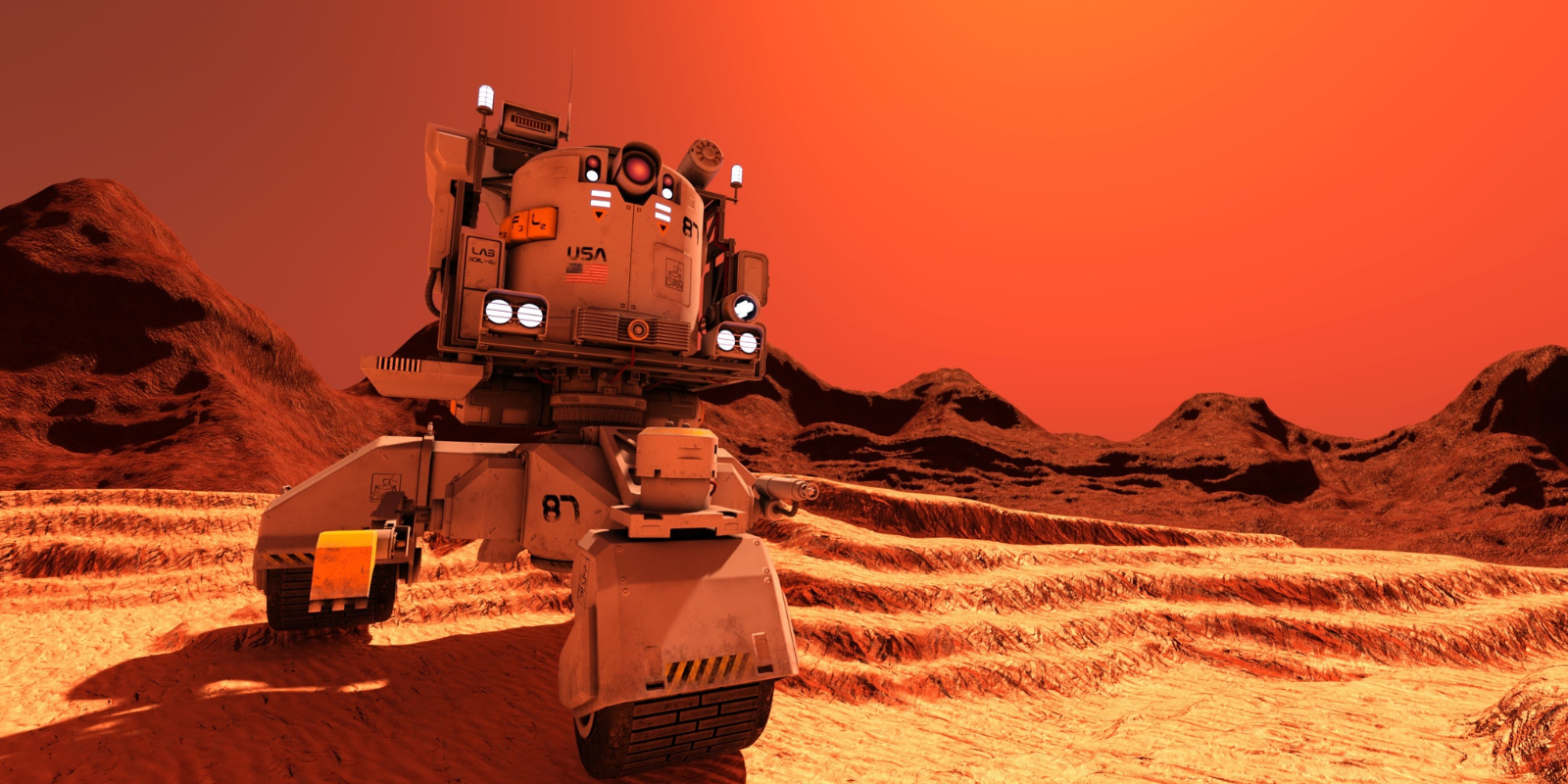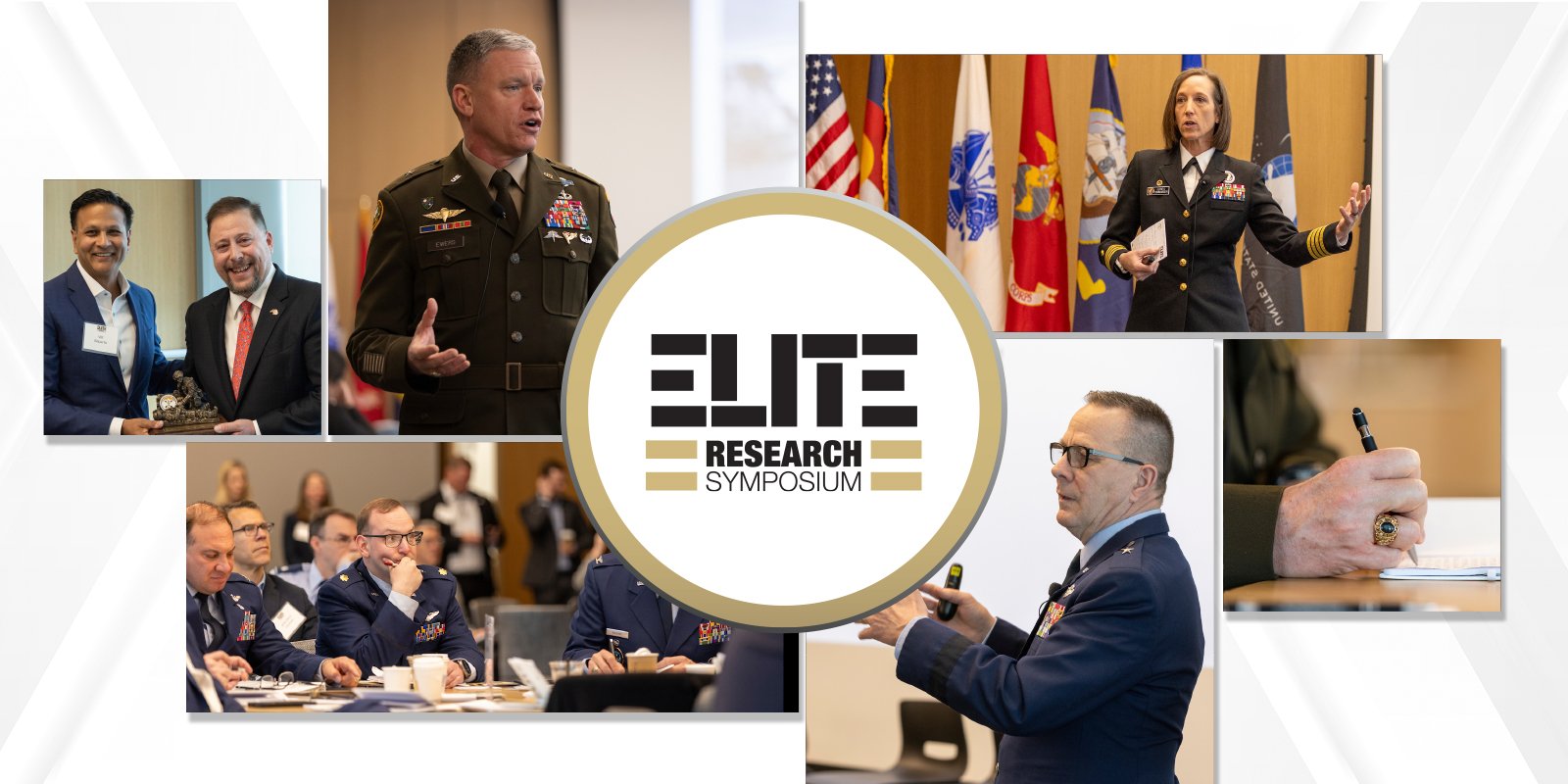Over the next several years, astronauts, engineers, and now doctors will prepare to push the boundaries of human space exploration with missions to Mars. To help accomplish this technological feat, the University of Colorado seized an opportunity and developed the first MD/MS dual degree program focused on the intersection of medicine and aerospace engineering, with the goal of solving unique complications that could arise during journeys to the moon and Mars.
The five-year program was developed by the University of Colorado School of Medicine and the Smead Department of Aerospace Engineering Sciences on the CU Boulder campus. This dual degree in medicine and aerospace engineering has an emphasis in bioastronautics and awards both an MD and an MS degree upon completion of the integrated curriculum.
“It's tailored specifically to human health and space flight, to help translate between human physiology factors and engineering system factors,” says Arian Anderson, MD, assistant professor of emergency medicine and director of the dual degree MD/MS program in medicine and aerospace engineering. “We’re focused on how to integrate these pieces for human missions to the Moon and Mars, space flight, and more.”
The degree encompasses content and methods across several areas, including the full curricula of a medical doctorate and a master’s degree in aerospace engineering, as well as analog simulations, conferences, and mentoring focused on rotations at organizations such as NASA and commercial spaceflight companies. Emphasis on the human element of spaceflight and its interaction with complex technologies is at the core of the mission.
“We can test engineering systems to failure, but human beings can behave in atypical ways, and we need to make sure that we understand how those physiologic and behavioral changes occur so that we can support them the best we can,” Anderson says.
The genesis of a unique program
During his time as a clinical researcher at NASA, Anderson spent a lot of time translating between medicine and engineering and saw firsthand the barriers to understanding the lexicon and principles of engineering. This eventually led him and his colleagues to create the one-of-a-kind dual degree program.
The first step in the collaboration was a graduate-level course, “Medicine in Space and Surface Environments,” at CU Boulder, which includes a trip to the Mars Desert Research Station in Utah. The participants in the course experience a simulated space walk and other extravehicular activities. Upon seeing the popularity of the course, CU faculty from Boulder and Anschutz decided to expand the opportunity, leveraging Colorado’s geographic location and industry position as a hub of engineering.
“Our goal is to understand, from a foundational perspective, how medicine and engineering fit together, so that someday they play a big role in government or commercial space flight,” Anderson explains. “The graduates of this program can do research, or academics, or go on to be clinicians for astronauts. Many of them want to use these principles to forge a new path and pioneer some of the innovations that are necessary to make these big dreams a reality.”
The new program aligns seamlessly with the pioneering work being accomplished across the CU system. The Department of Emergency Medicine conducts research and provides medical support for areas with extreme climate conditions and high-altitude environments and is at the forefront of military medicine.
“I’ve long been interested in wilderness and austere medicine environments where resources are limited and adaptability is essential,” says Linde Bischak, one of the students beginning the final year of the dual degree. “Space medicine felt like a natural extension of that interest. After all, space is arguably the most extreme resource-limited environment we can explore.”
First class of students reaches milestone
Currently, seven students are pursuing the MD/MS degree, and interviews are in progress for the next cohort of students. The inaugural group of students will begin their final year of medical school and start applying for residencies for the summer of 2026.
Final-year student Eric Sallinger joined the program in search of ways to use his background in computer science to develop new digital technologies in medicine. Both he and Bischak expressed how working with a diverse group of people in the bioastronautics and medical fields has broadened their perspectives and expanded their understanding of how to solve complex problems. “I’m excited for the future of doctors and engineers collaborating to solve problems that we can't solve alone,” Sallinger says.
Anderson says the degrees can be applied to a variety of careers across the industry, including policymaking, research, or even leadership roles in aerospace organizations. The scope of knowledge covered by the curriculum offers a solid foundation for any path graduates may take. Bischak plans to pursue a career in emergency medicine, while Sallinger will be applying for psychiatry residency programs.
“Our goal is not to make astronauts; it’s to make thinkers,” Anderson says of the program. “It’s exciting to see these students connecting the dots in a way that nobody has before.”

